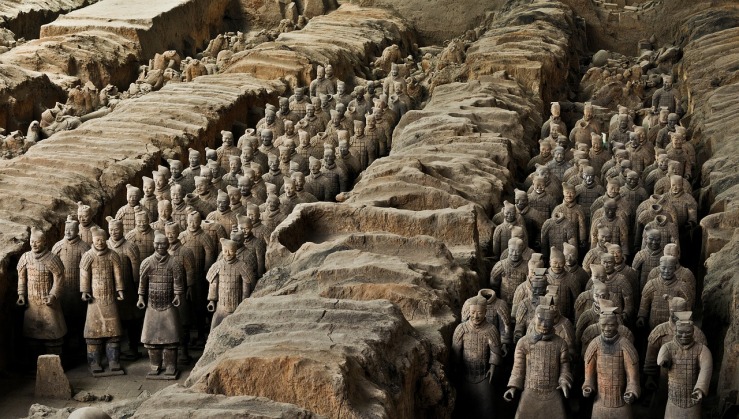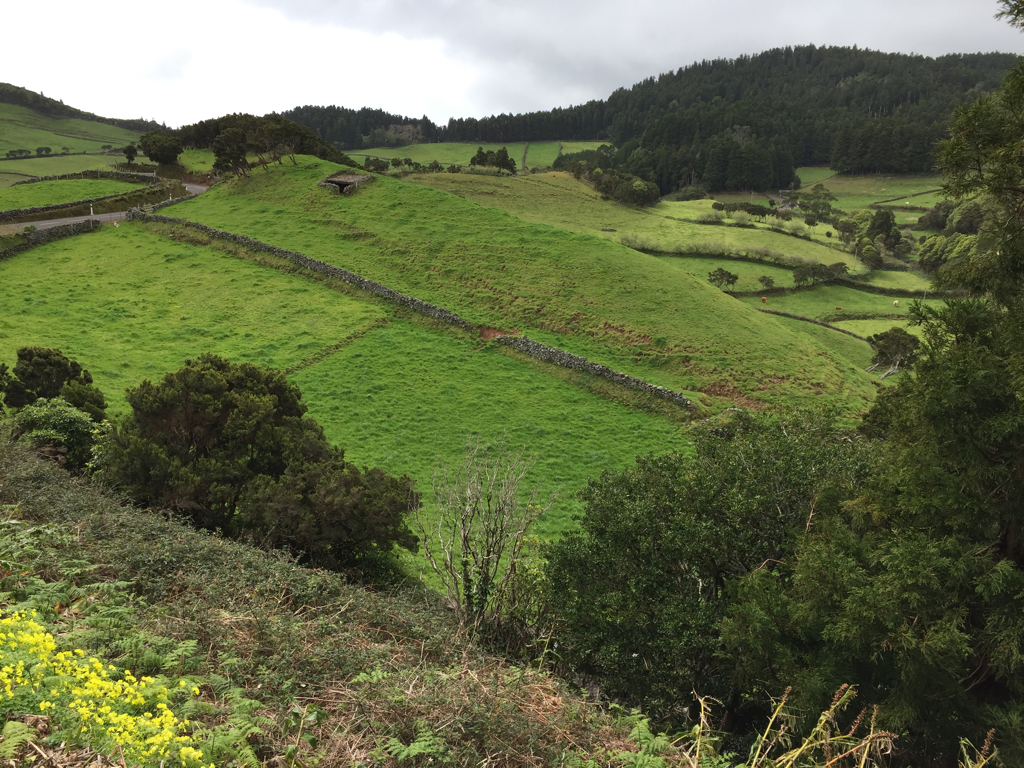
After my stop in Xi’an, I was eager to resume my walk. But was I ready for a difficult multi-year trek to the Russian Far East and the Bering Strait? Would I arrive in winter, and would the strait be frozen solidly enough so that I could walk across the ice, possibly wondering whether Sarah Palin was watching me from her house? Did I have warm enough socks? (Even on a virtual trip it is always important to have good socks.) After serious weighing of pros and cons, I decided it was time for something completely different. Of course it was!
Here’s what I did: I transported myself to Kirk Yetholm, a Scottish village close to the English border. My plan was to walk the Pennine Way north to south in the footsteps of Simon Armitage, as described in his book Walking Home: A Poet’s Journey. I should add—not that you haven’t already guessed—that my footsteps would be completely virtual, although Armitage’s footsteps were earned, every one of them.
Most hikers walk the Pennine Way from south to north, but Armitage chose to walk in the wrong direction because, as a poet, he was “naturally contrary.” Well, yes, poets are contrary, but the real reason was that he wanted to walk toward rather than away from his home, which happened to be at the southern end of the route. Makes sense to me. He borrowed a rucksack from his mum and planned to rely on the kindness of strangers and friends to drive his heavy suitcase from each stopping point to the next, because who on a three-week walking trip wants to stop and do laundry? Besides, a poet never travels without his books, and the books were in the suitcase. The walk was well planned. Armitage posted his schedule on his website and announced his plan to give a poetry reading at each village along the way (with the exception of Once Brewed, where he would arrive on the day of the World Cup Final). To raise money for incidental expenses along the way, he planned to pass a hat; when the time came, he decided on a sock instead of a hat, as the sock provided a measure of privacy for the contributors. He did quite well with the sock, although the many £1 coins he received made his suitcase even heavier. At one point he was able to “launder” them—the coins, not his dirty clothes.
Simon Armitage is the current Poet Laureate of the UK, but I heard of him when he was elected Oxford Professor of Poetry in 2015, five years after his hike down the spine of England. Of course it was his walking that interested me. Poets tend to be walkers—think William Wordsworth, John Clare, and, closer to home, A. R. Ammons, who once wrote a famous essay about poetry and walking. The essay, titled “A Poem Is a Walk,” first appeared in print in Epoch 18 (Fall 1968) and is now all over the internet for anyone who knows how to google. Ammons—called “Archie” by those of us who knew him—said this: “How does a poem resemble a walk? First, each makes use of the whole body, involvement is total, both mind and body. . . . The pace at which a poet walks (and thinks), his natural breath-length, the line he pursues, whether forthright and straight or weaving and meditative, his whole ‘air,’ whether of aimlessness or purpose—all these things and many more figure into the ‘physiology’ of the poem he writes.” Archie had much more to say about poetry and walking, and his essay is well worth reading.
Of course Archie is right, and I am oversimplifying a complex argument when I say that poems are made of motion, footprint by footprint. Iambs are footprints, heel toe, heel toe, and if you trip on a pebble or get momentarily stuck in a mucky peat bog, you might get something resembling an anapest or a dactyl. Even if you don’t count your footsteps, they are there, heel-toeing across the page, returning home. Writing poetry is hard. You need warm socks and sturdy boots if you are to go the distance.
I am reading Simon Armitage’s book as I make my virtual footprints along the Pennine Way. I am almost keeping up with him, headed toward Hawes village, which promises furniture stores and pastry shops. I will enjoy the pastry shops, I think. So let’s go walk some poems. I already have the boots.
















